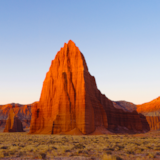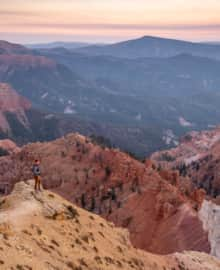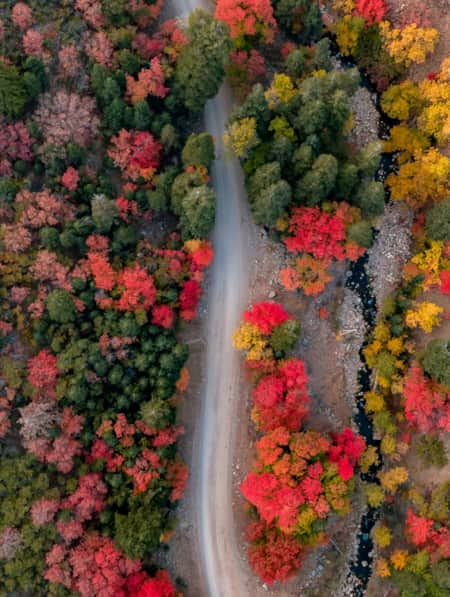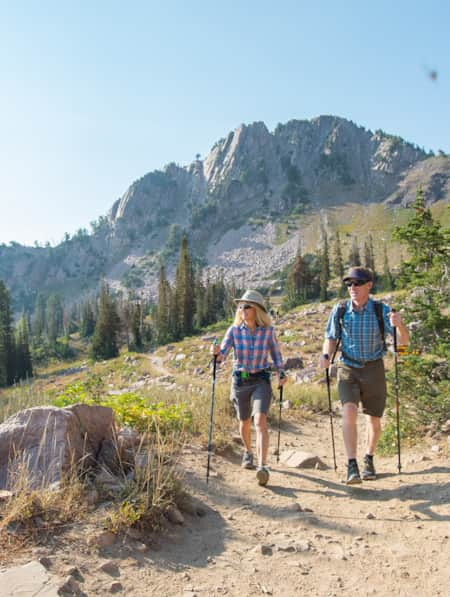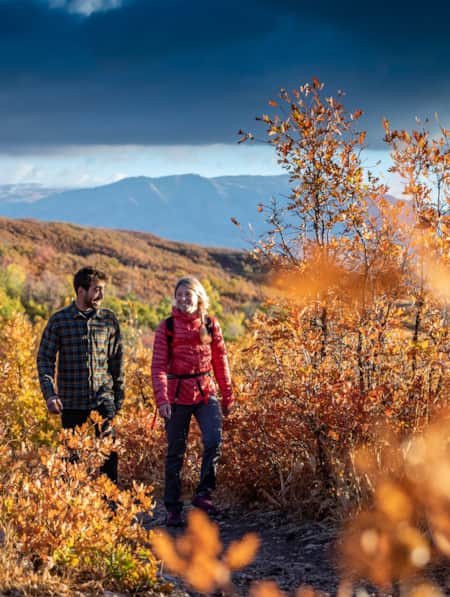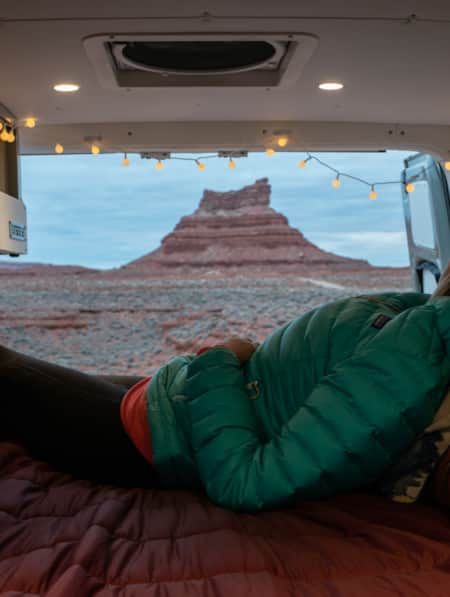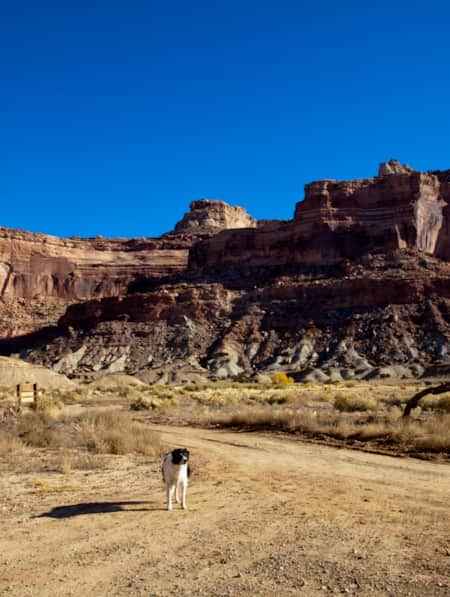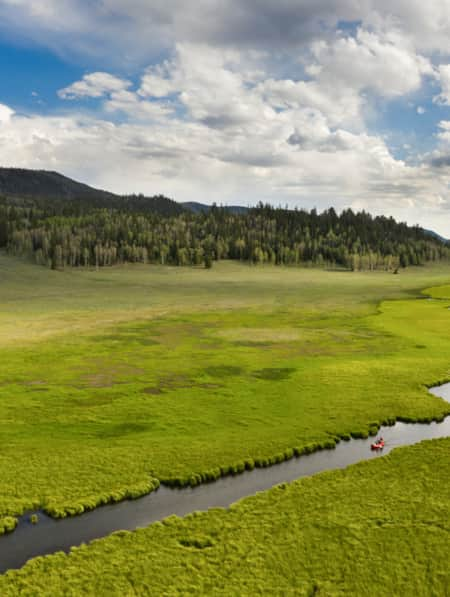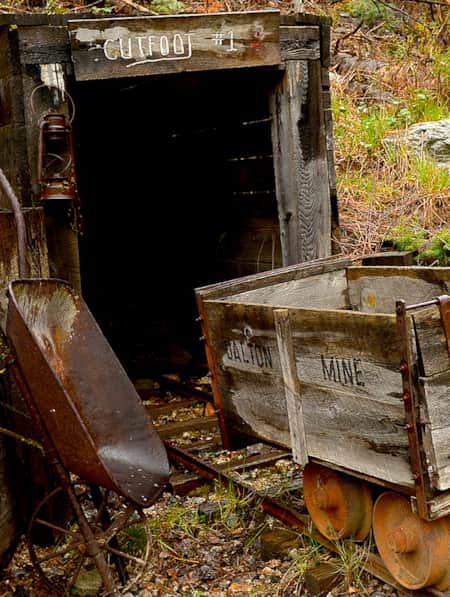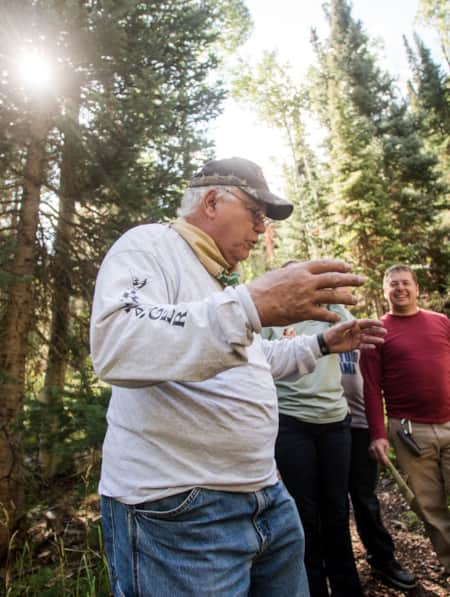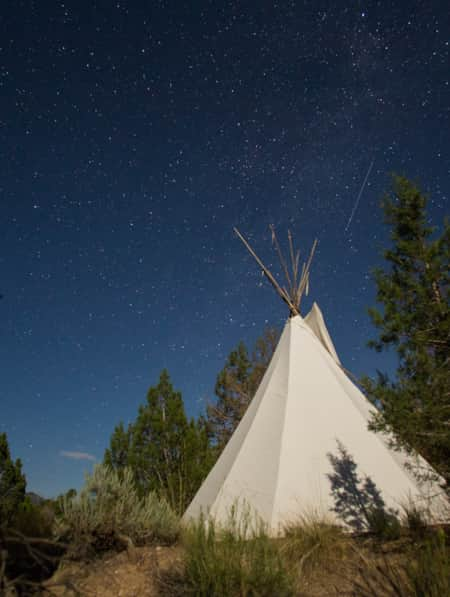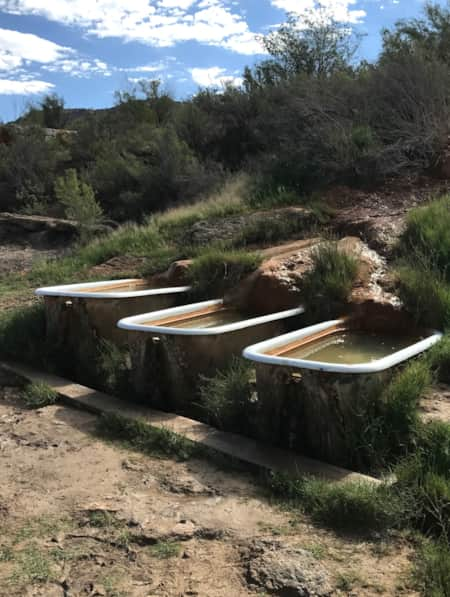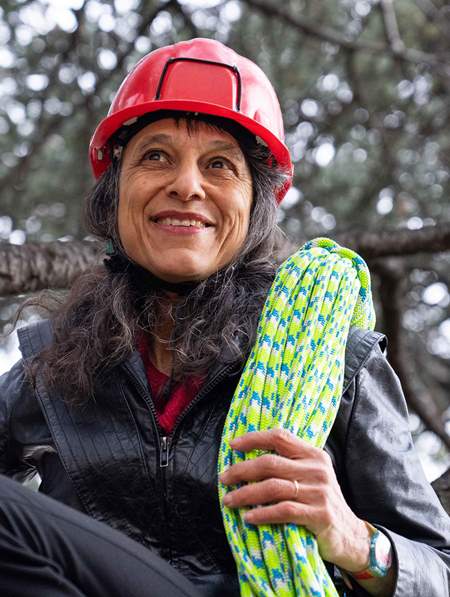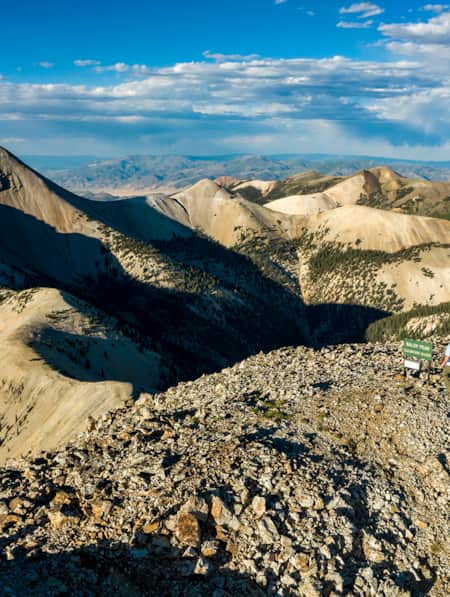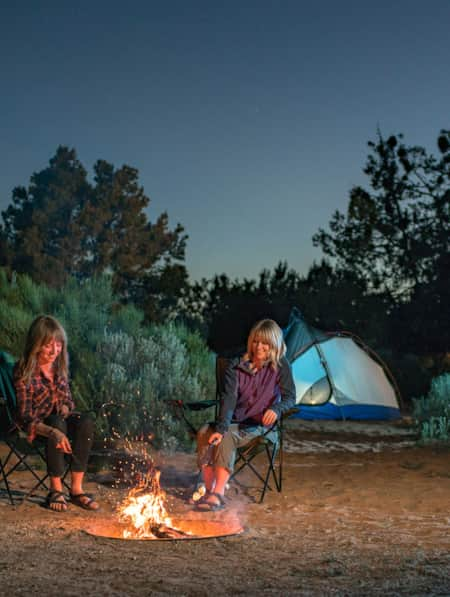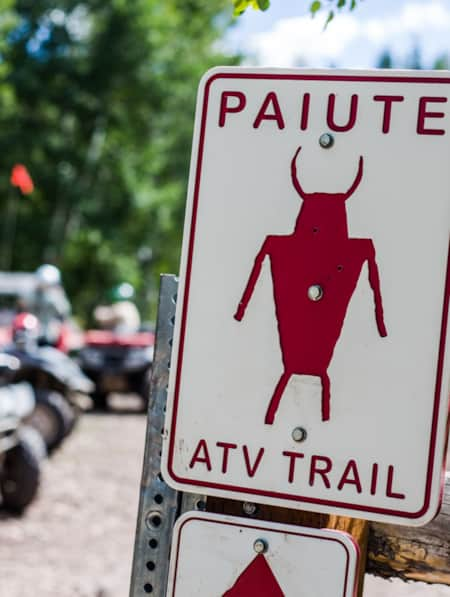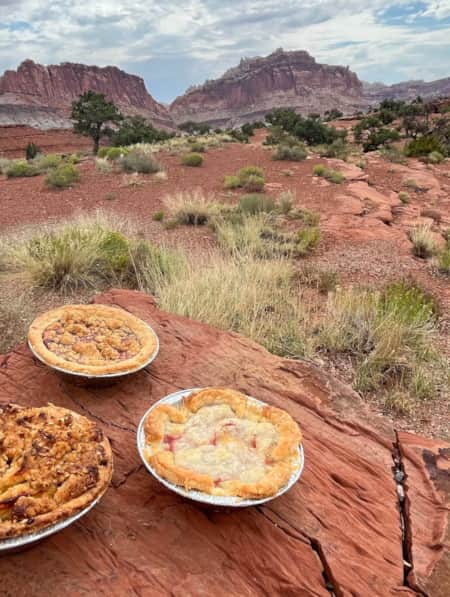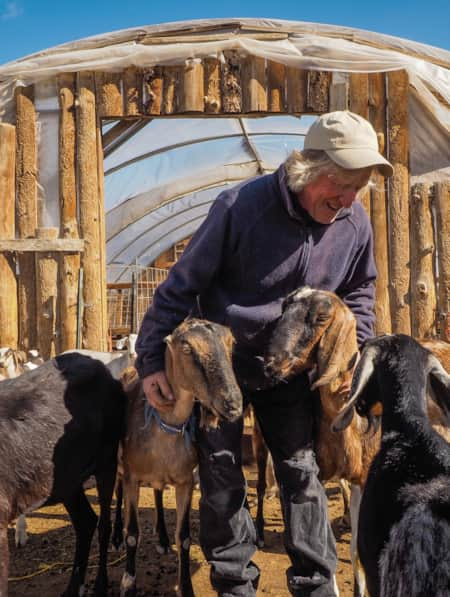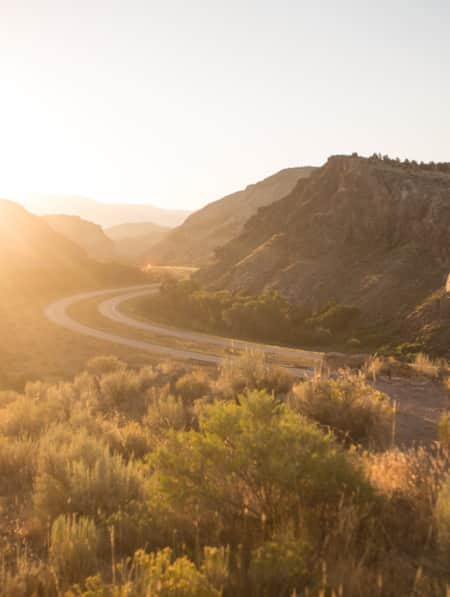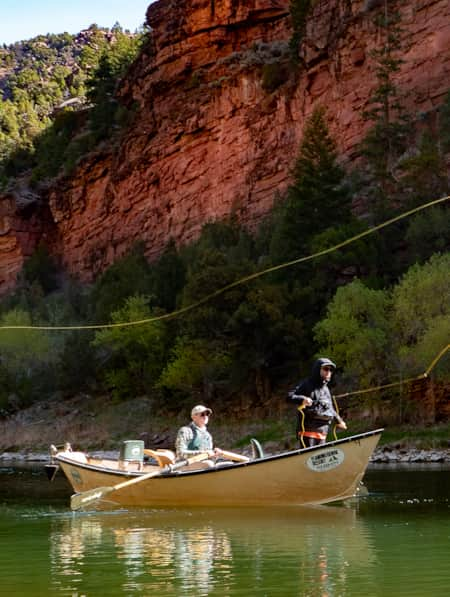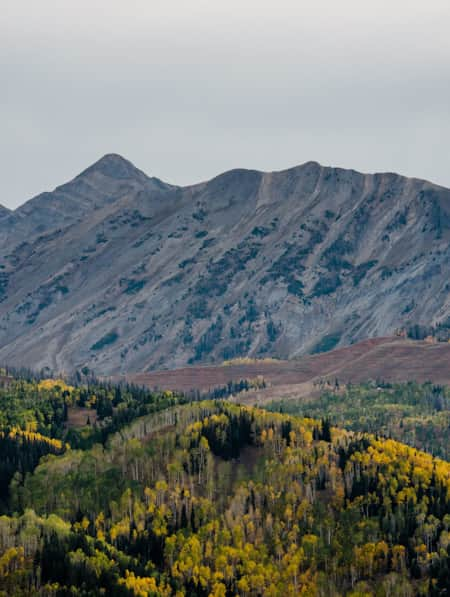The Insider’s Guide to Fish Lake: A High Alpine Oasis in the Heart of the Central Utah
The largest natural mountain lake in Utah, Fish Lake sits at more than 8,800 feet of elevation, which makes for pleasant weather all summer long. Located near Richfield, Utah, the lake has everything you need for a relaxing summer getaway.
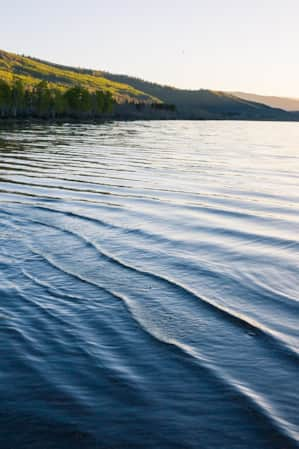
As we walk deeper into the forest, stillness gives way to the sounds of nature at dusk: A gentle breeze rustles the leaves in the uppermost branches of aspen, songbirds chirp as they flit about, and snowmelt trickles over stones in the small creek. A commotion of trampled leaves breaks the forest’s harmony. I spot the backs of Mule Deer as they bound off through the trees, startled by our presence on the trail.
Once we hike high enough to see over the tops of the aspen, I turn around and look back over the valley. Perfectly still, deep blue water fills the basin, encircled by rolling mountains draped in forest. Sunset paints a coat of purple and gold over the glasslike surface of Fish Lake.
The largest natural mountain lake in Utah, Fish Lake sits at more than 8,800 feet of elevation, which makes for pleasant weather all summer long. Conveniently located in Central Utah near Richfield (and not far from Capitol Reef National Park), the lake is also close to the towns of Koosharem, Loa and Fremont. It’s got plenty of surrounding campgrounds, stores and resorts to provide easy access to everything you need for a relaxing summer getaway. During peak season — typically Memorial Day through Labor Day — Fish Lake becomes a hub for experiencing the best of the Fish Lake Plateau and Central Utah, from hitting the trail to getting out on the water to spending nights around the campfire.
How and Where to Get on the Water
Not surprisingly, fishing is one of the favorite pastimes on this high mountain lake. Best known as a place to reel in a large mackinaw (which can grow to more than 30 pounds), Fish Lake is also home to rainbow trout, kokanee salmon, splake and yellow perch. While shore fishing can yield a few bites, most people choose to cast a line from their boats out on this 120-foot-deep lake. (See how it fits in a 3-day fishing itinerary.)
Three boat ramps on the west shore — Lakeside Resort Marina, Fish Lake Lodge Marina and Bowery Haven Marina — provide access for launching and seasonal docking. Aluminum motor boats and pontoons are the tried-and-true favorites at Fish Lake and are available to rent at each of the marinas.
Paddlers of all stripes will have plenty of room to explore the crystal-clear water. Those with kayaks, SUPs or canoes can find calm shoreline at the beaches by Bowery Creek Campground, Mackinaw Campground and Twin Creeks Picnic Area.
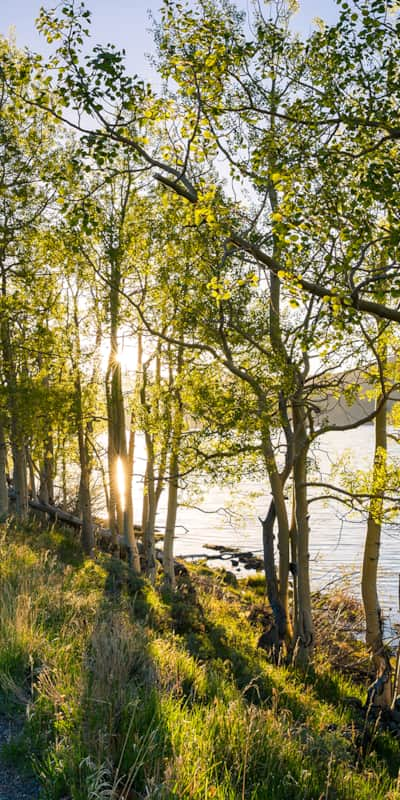
Hiking and Mountain Biking Around the Lake
Surrounded by mountains on all sides, Fish Lake becomes a hiking and mountain biking paradise once the snow melts. The 17-mile Lakeshore National Recreation Trail is the hub for exploring Fish Lake basin by foot or by bike. With numerous access points around the lake and four distinct sections of varying difficulty, sections of the trail will appeal to many levels of hiker.
The most popular section follows an easy, level path along the lake’s western shore and passes by all the major campgrounds, marinas and picnic areas. For more of a challenge, follow the trail from Bowery Haven Resort up to Pelican Point, where panoramic views of Fish Lake reward your efforts. The most challenging and least traveled sections of the trail lie on the lake’s northern and eastern shores, winding up and down through the aspen and conifer forest in the Mytoge Mountains — with plenty of overlooks to enjoy some well-earned views.
The Doctor Creek Trail heads up the forested mountainside on the west shore. This out-and-back trail starts near Doctor Creek Campground, taking you along the creek to Big Flat and on to Hancock Spring, about 2.5 and 4.5 miles from the trailhead, respectively.
The Lowdown on Camping at Fish Lake
A summer vacation at Fish Lake calls for at least a few nights of sleeping under the stars. Fortunately, there’s no shortage of places to pitch a tent or park the RV in the surrounding Fishlake National Forest.
Driving in from S.R. 25, the first campground you’ll reach is Doctor Creek at the southwestern end of Fish Lake. With 30 campsites and two large group sites that can accommodate up to 150 people each, Doctor Creek makes a good option for those who want easy access to the marina and hiking trailheads. Bowery Creek Campground (42 sites, one large group site) and Mackinaw Campground (67 sites) are both nestled among the pine and aspen forest just off the road along the western shore. For a less-crowded spot, check out Frying Pan and Paiute campgrounds near Johnson Valley Reservoir. The privately owned Lakeside Resort or Bowery Haven Resort offer full-service RV parks with power, water and sewer hook-ups.
Insider Tips for the Complete Fish Lake Experience
After hitting the trails and spending time on the water, stop by Twin Creeks Amphitheatre near Mackinaw Campground. Free summer programs tell the story of the lake’s history and environment on Friday and Saturday evenings at this open-air stage.
No Fish Lake experience would be complete without paying a visit to the world-famous Pando Aspen Clone. This incredible aspen grove is actually one single organism: Each of the 40,000 individual trees is a clone growing out of one massive underground root system. Weighing in at 13 million pounds, Pando is the world’s heaviest living organism, as well as one of the world’s oldest creatures.
Though excessive deer and cattle grazing threatens the health of the aspen clone, portions of the forest are now protected by fences. But, don’t worry, visitors can still see the Pando Clone in its entirety by hiking up the Lakeshore Trail or by exploring the areas of the grove alongside the road, just south of Fish Lake. The best time to experience this magnificent forest is autumn when all the leaves of this single organism change colors in unison. Finish the visit with a drive: The loop around Fish Lake and Johnson Valley Reservoir is a designated scenic byway.
